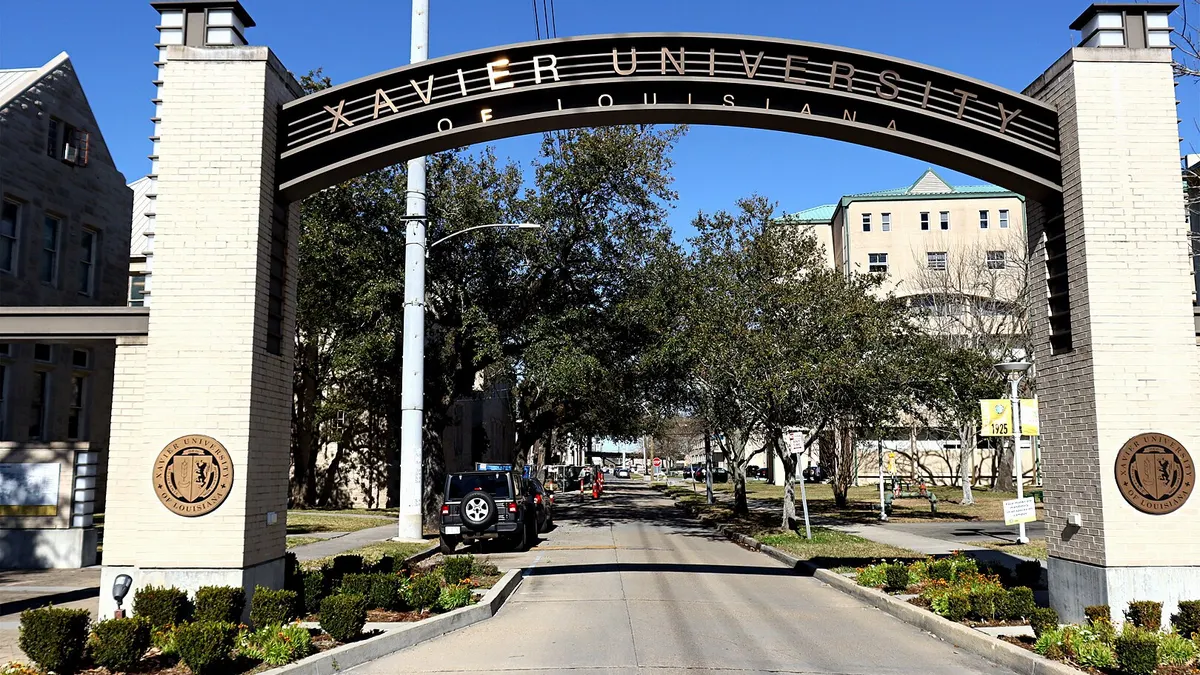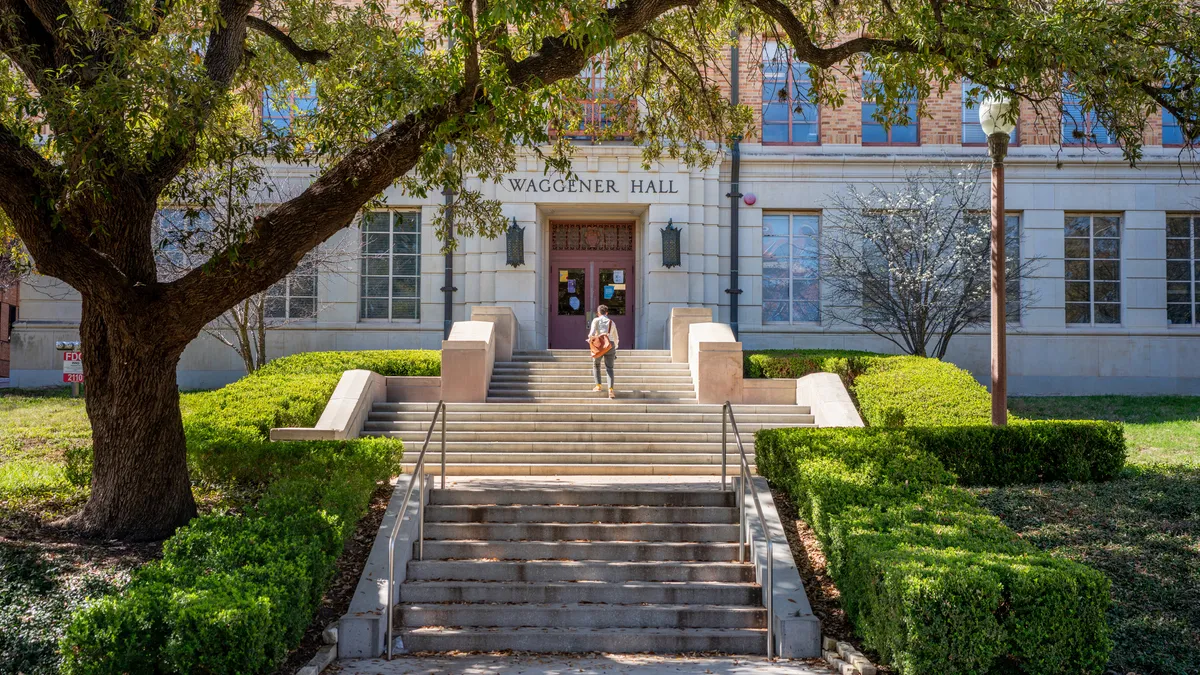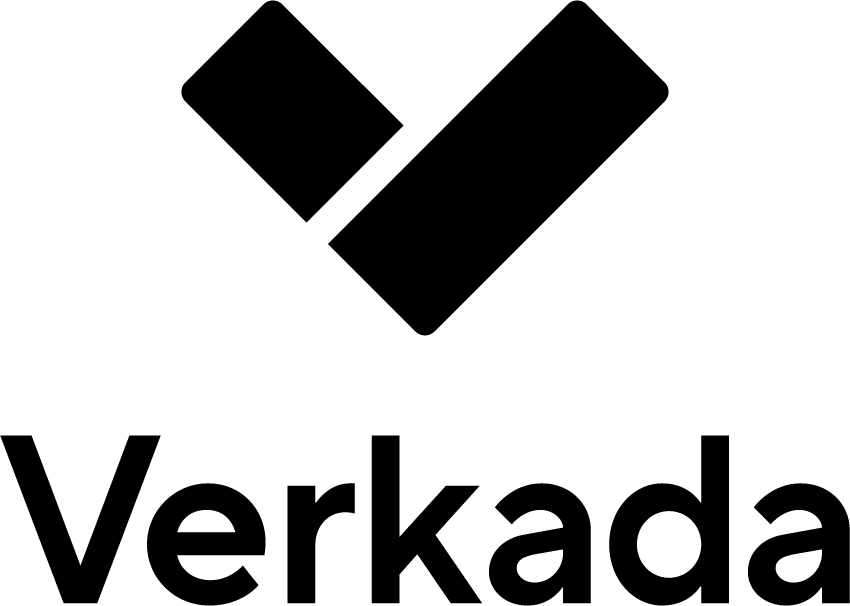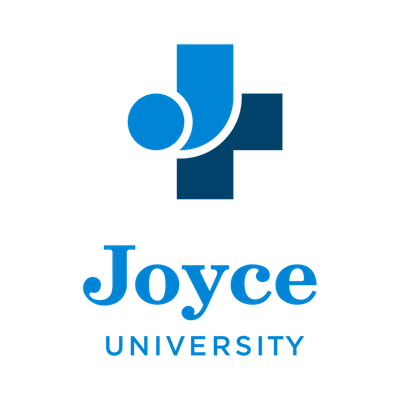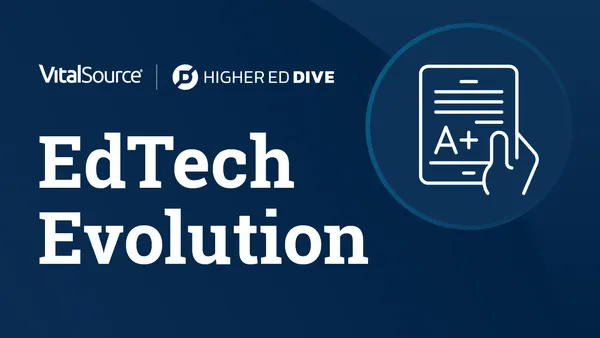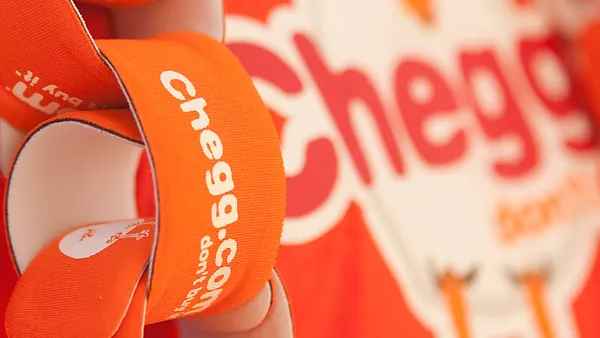Representatives from Northern Arizona University, the University of Idaho and the University of Missouri-St. Louis detailed how their institutions are experimenting with new instructional methods in a packed "Exploring Emerging and Innovative Learning Models" panel at Educause Wednesday. In fact, so many attendees were present that moderator Todd Hitchcock, vice president of online solutions for Pearson, quipped that sticking "emerging" and "innovative" in an event's title must be a surefire way to draw an audience.
Whether they launched a competency-based degree program or flipped classrooms with a casual lab setting, these three universities have innovated, much to their benefit and the benefit of students.
1. NORTHERN ARIZONA UNIVERSITY'S "PERSONALIZED LEARNING" PROGRAM

Northern Arizona University's "Personalized Learning" program allows motivated students to earn a respected university degree quickly and more affordably by offering customized online coursework to match learning preferences, goals and prior experiences.
Stressing that “every student is different,” Senior Vice President of Extended Campuses Frederick Hurst explained that if, for example, a student who comes in has been working as a bookkeeper with an accountant mentoring them, it isn't a good use of their time or the instructor's time to have them sit through courses on what they already know. Students in the competency-based program can test out of courses.
The 6-month program is based in Pearson's eCollege LMS and essentially modeled after Netflix, in that students pay a flat $2500 fee that is nonrefundable, with no fees for technology or charges for textbooks or anything else. Of course, military or others with a "good excuse" can request a momentary suspension.
Hurst says that students get bored for two reasons—because they already know the material or because they get left behind. Aside from being able to pre-test out of what they already know, students can't really fail a course in the program. If they don't score a minimum of 86% on the final assessment, they simply work to improve and retake it until they succeed, because that's the way real life works.
“If they didn’t get 86%, they go back and study the things they didn’t understand in the first place," says Hurst. "It’s far more efficient for the student to be able to do that.”
Students are also presented with as many as 4 or 5 different ways to learn a single concept. If they don’t understand with one “modality,” like a video documentary, they might move on to a game or simulation. If those modalities don’t work, NAU has mentor faculty that work with students. There is a faculty member always ready to work with a student and help them succeed.
The program kept faculty in the loop throughout the process, from initiation to final approval, of deconstructing typical three-hour courses the university already offered and reintegrated them into this new model. Completed courses can also be transferred to a regular transcript, though a comprehensive competency report is also provided, detailing what skills a student demonstrated.
2. THE UNIVERSITY OF MISSOURI-ST. LOUIS' COURSE RE-DESIGN

A statewide call in Missouri resulted in a total redesign of an information systems course at the University of Missouri-St. Louis. The results speak for themselves: Learning, retention and completion rose, costs dropped, and instructors adopted better pedagogical techniques.
The redesigned course took place in a casual lab setting, explained Kathleen Burns, director of the university's advanced credit program. The hybrid classroom required students to actively seek information and determine its worth, with instructors serving as facilitators. Blackboard was used extensively for everything from assessments to updates, with all lessons developed by the instructor and students given access to a custom portal by Pearson that offered practice tests and other material. Additionally, low-stakes quizzes reinforced topics and students were required to blog on relevant tech topics from current news items, which was also tied to their improved performance.
Average scores on final exams rose from 73% to 79%. Students who appeared to benefit most were Pell-eligible students, 46% of all students, as their average scores were 69% prior to the redesign. Students in the redesigned course did also performed significantly better in the subsequent information systems class.
Costs additionally dropped from $113 per student to $47 per student.
What was the biggest challenge in the redesign? Getting an instructor who was very traditional and convinced it wouldn’t work to go along with it. After eight weeks, however, she was excited.
3. THE UNIVERSITY OF IDAHO'S POLYA MATHEMATICS CENTER

At the University of Idaho, a partial emporium model (there are still meetings in a classroom) was used to flip its two lowest introductory level math courses. "The human species, as far as I know, is not designed to sit there and listen to 50 full minutes of instruction," said Kirk Trigsted, director of U. Idaho's Polya Mathematics Center.
Trigsted says that students used to watch him do the math, but he already knew it. Now he talks about study strategies and the content students, who are required to spend at least 2 1/2 hours in the lab each week, will see. About 1500 students are currently enrolled for the fall semester, and equally-distributed rolling deadlines ensure availability of the lab's 100 computers. Tuesday students, for example, have weekly assignments that run from Wednesday to Tuesday night.
The lab runs on Pearson's MyLabs, plus internally developed software. Additionally, a 300-page, scripted notebook makes the model tick by providing students with structure and direction. Students are also given a red cup, which is used to signal for help. First, however, they are asked to show what they've done. Questions over the course of a semester evolve from "I don't know how to do this" (plus an excuse) to "I don't know how to do No. 20, but look what I've already done."
Nine optional live lectures are offered in the lab each week, though average attendance is 0 to 2. Lecturers assist students in the lab if nobody shows up.
All progress—amount of time spent in the lab, homework scores, etc.—is tracked by an extensive database, and success is defined by test scores. An A on exams, for example, lowers weekly lab time by an hour and automatically gives students a credit for coming to the lab. Students spend hours and hours in the lab in order to be successful on the exam and try to get out of coming to the lab.
Students can take exams, which are pooled from a Pearson exam bank, 3 times. Students who go on from the courses to Calculus have performed slightly better (1%), and are now requesting the same set-up in those higher-level math courses.
Would you like to see more education news like this in your inbox on a daily basis? Subscribe to our Education Dive email newsletter! You may also want to read Education Dive's look at why librarians are crucial in the digital age. .





